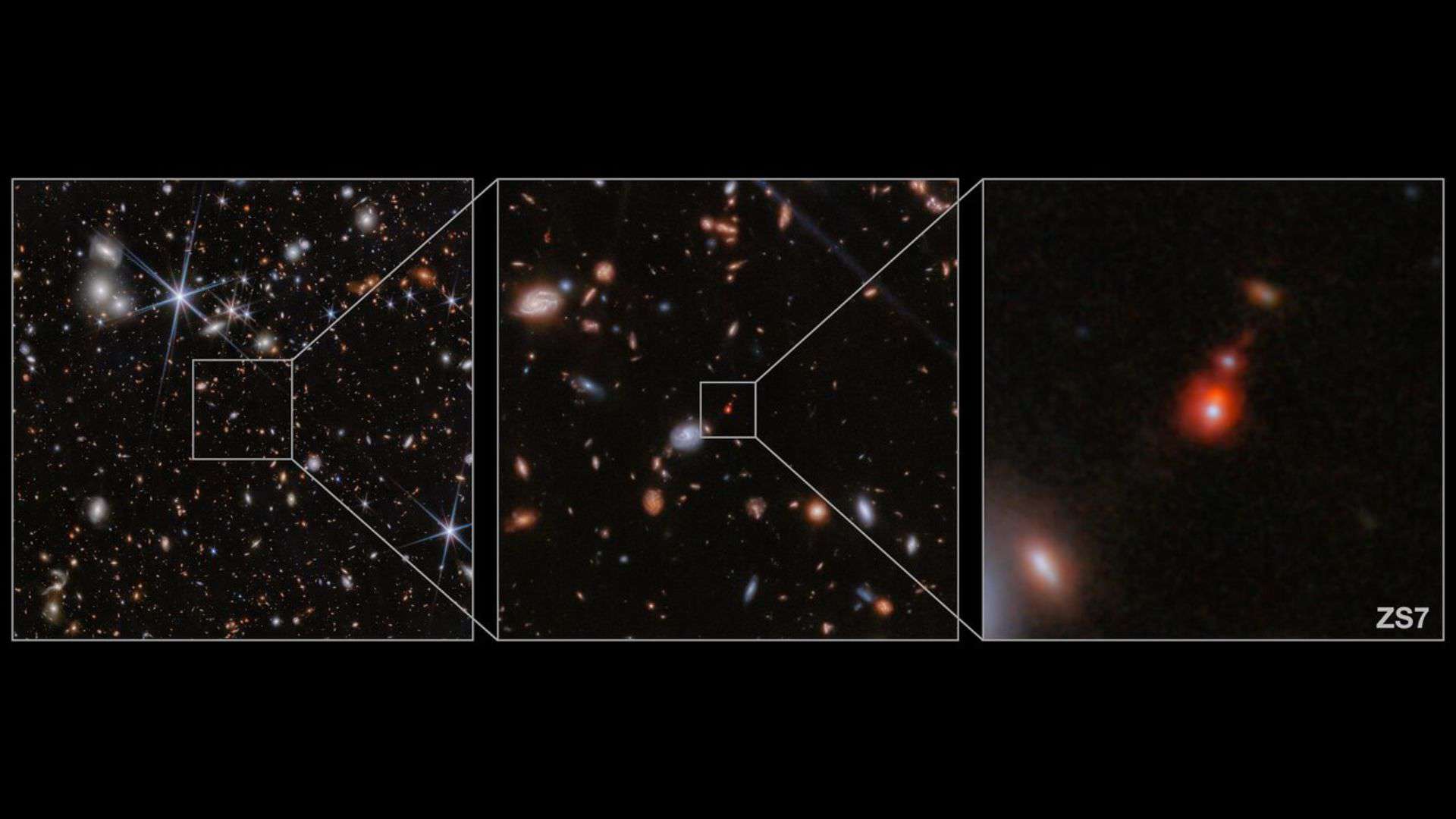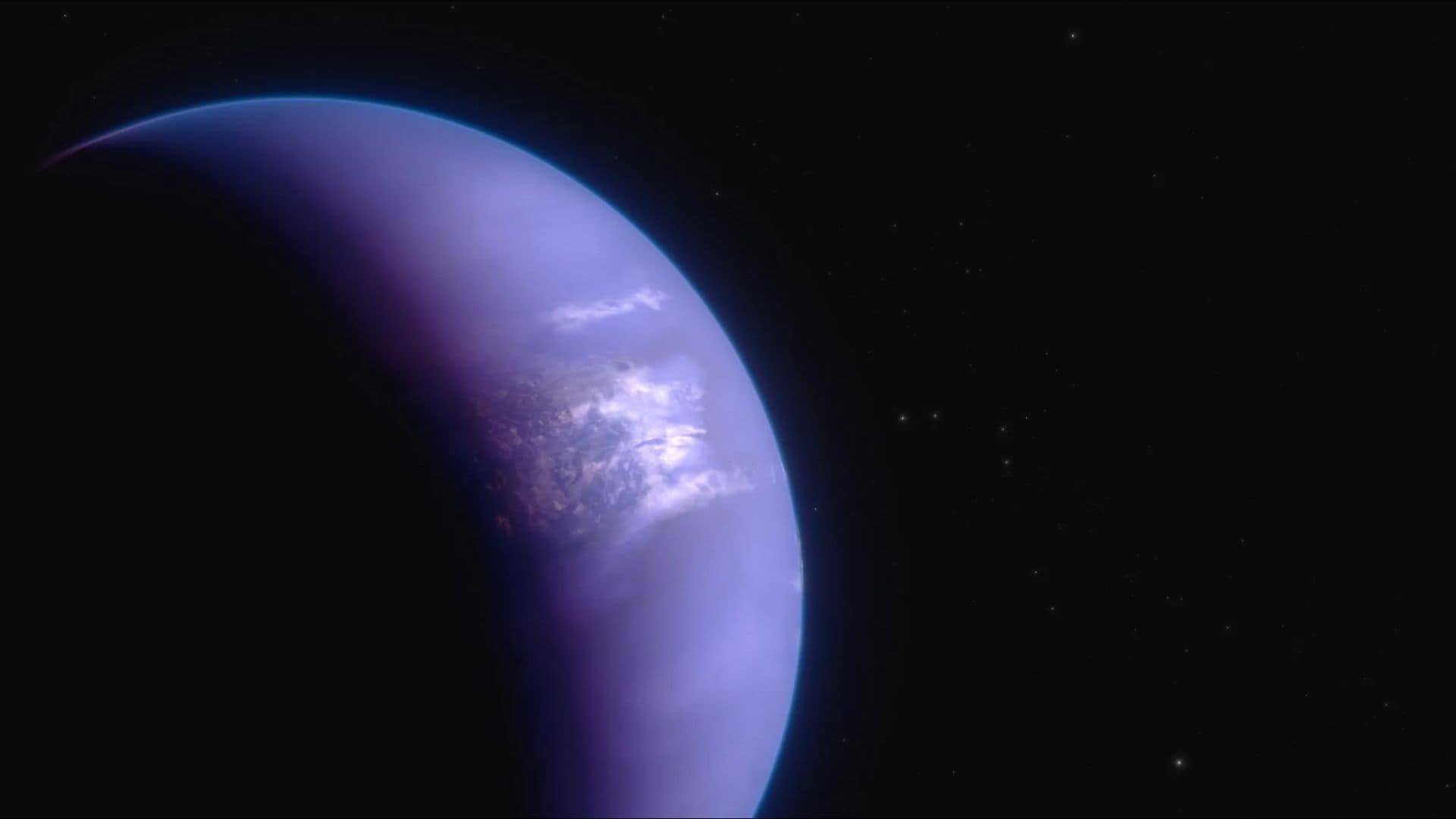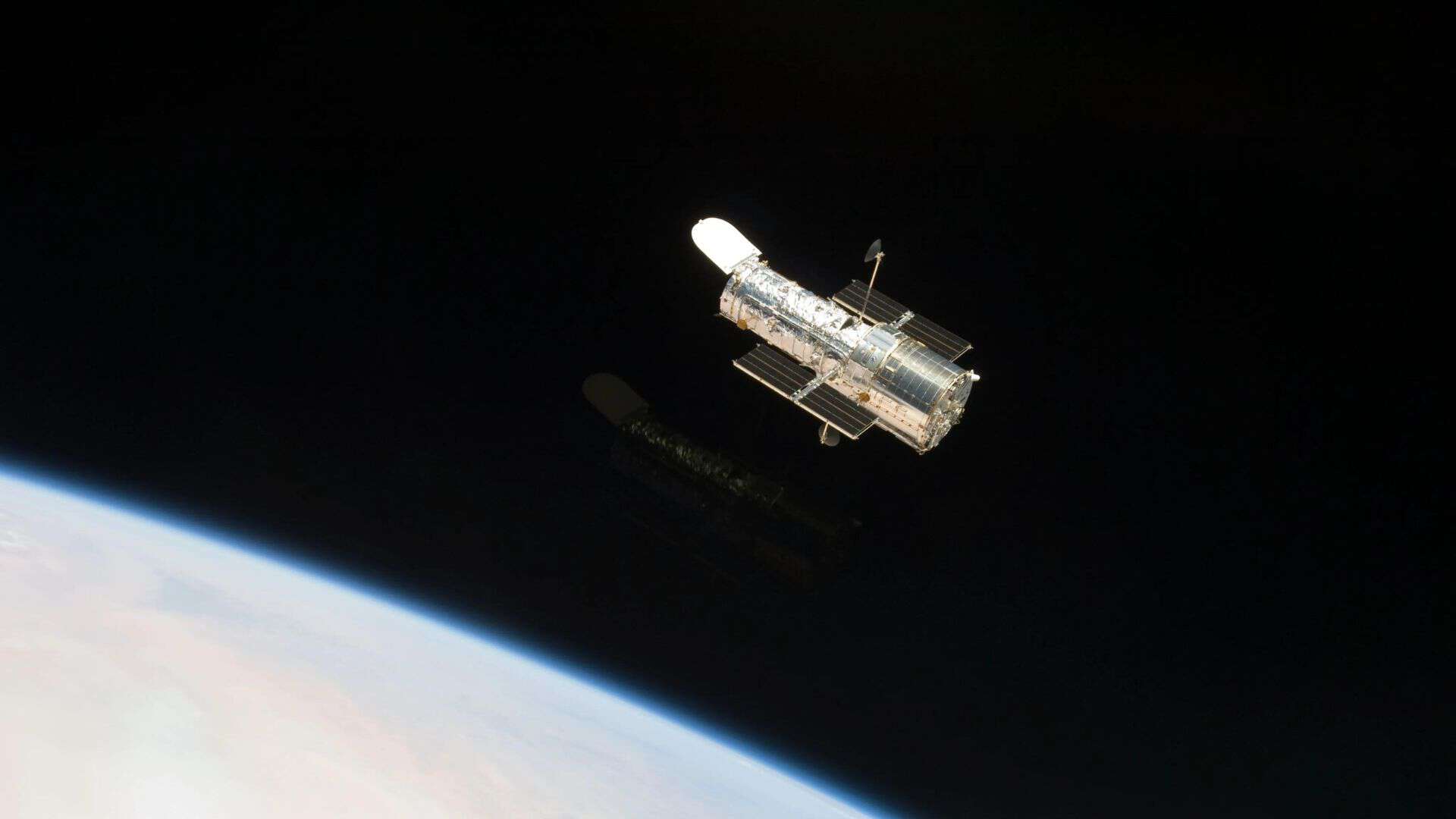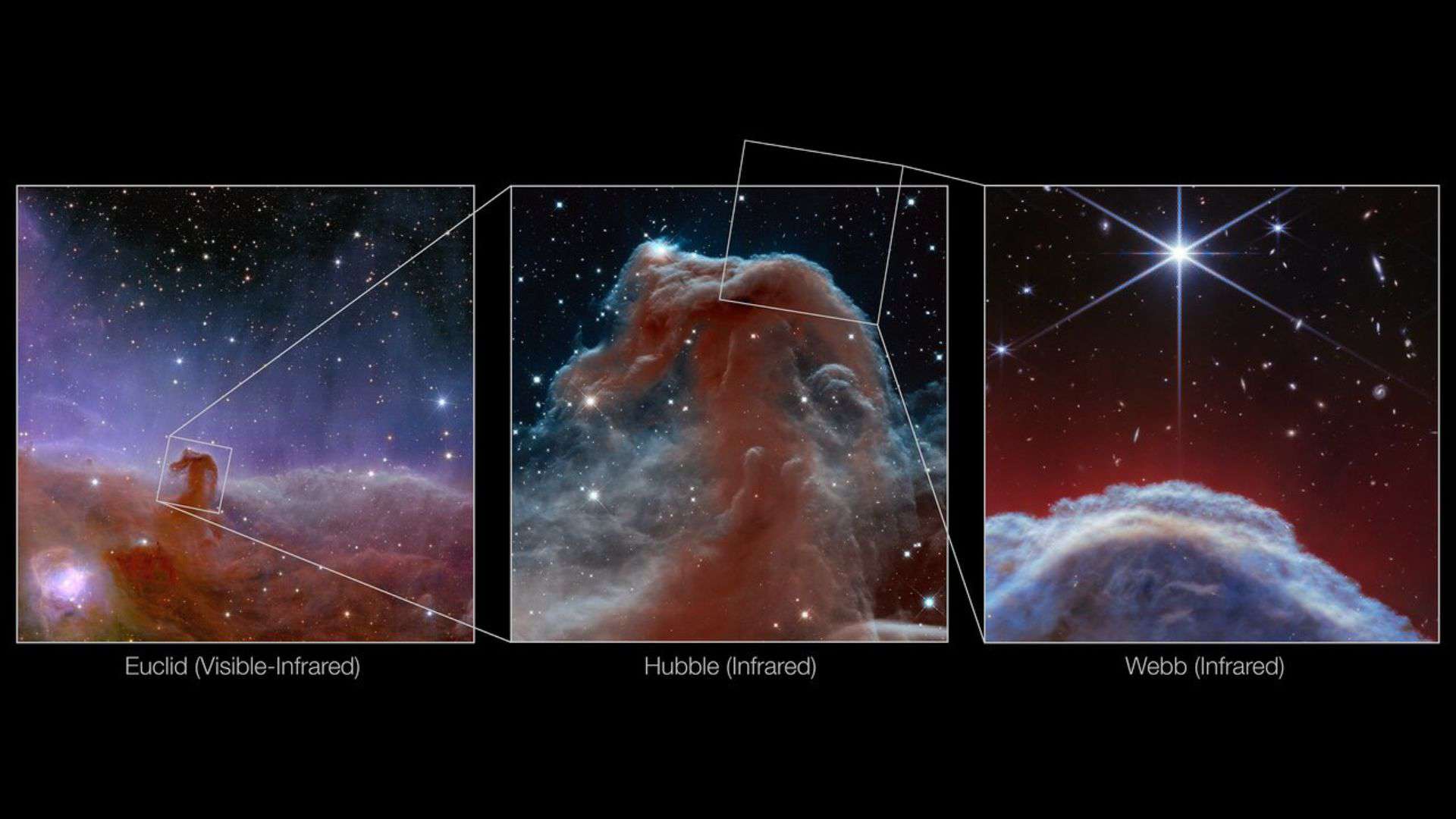Astronomers using the data from the European Southern Observatory (ESO) have come to the conclusion that the star system HD 148937 had a violent past, which created the beautiful nebula known as NGC 6164/6165 (also called the Dragon’s Egg).
The HD 148937 star system, which is located about 3800 light-years away from Earth, is currently made up of two stars and surrounded by a beautiful nebula, a cloud of gas and dust.
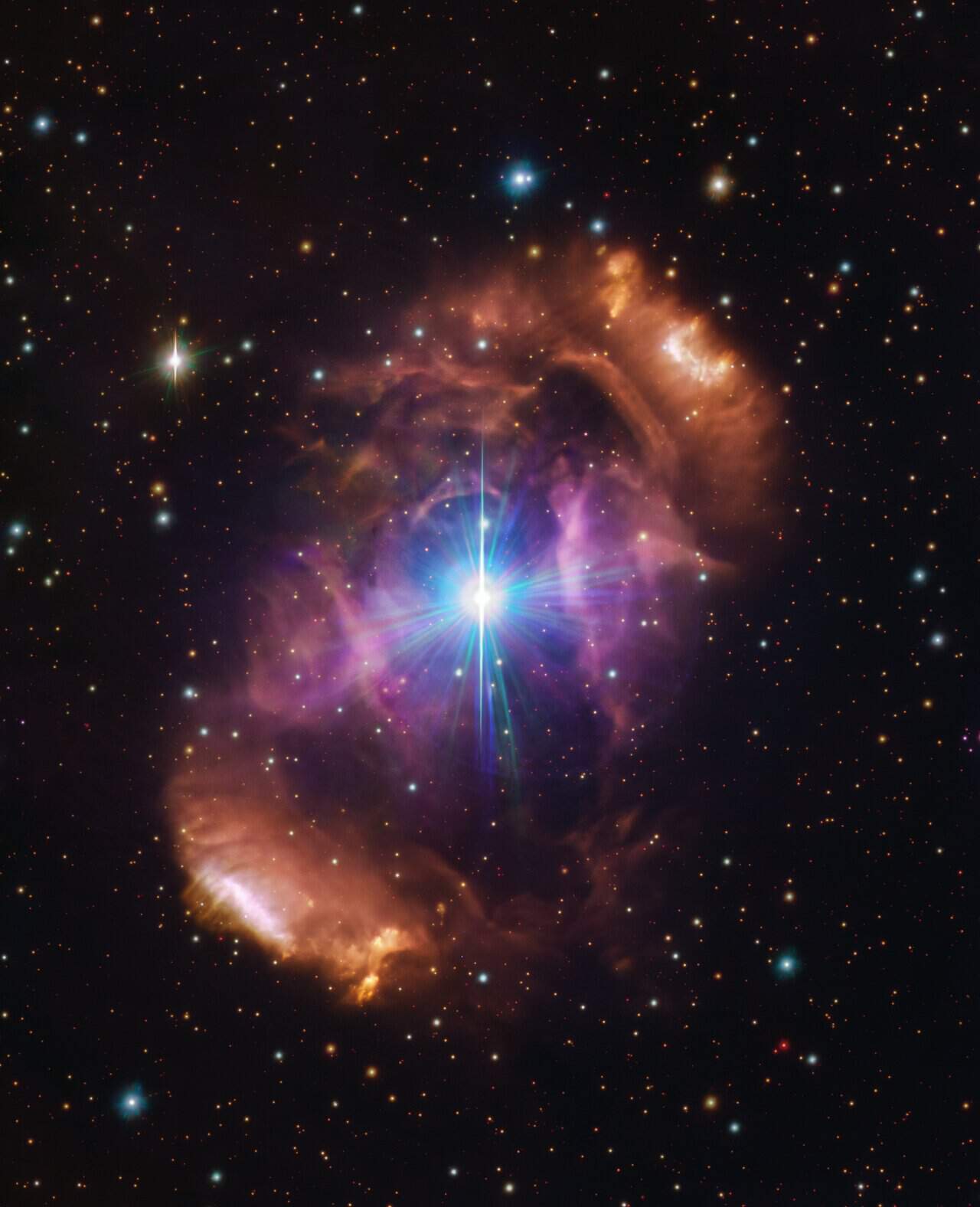
What was the violent past?
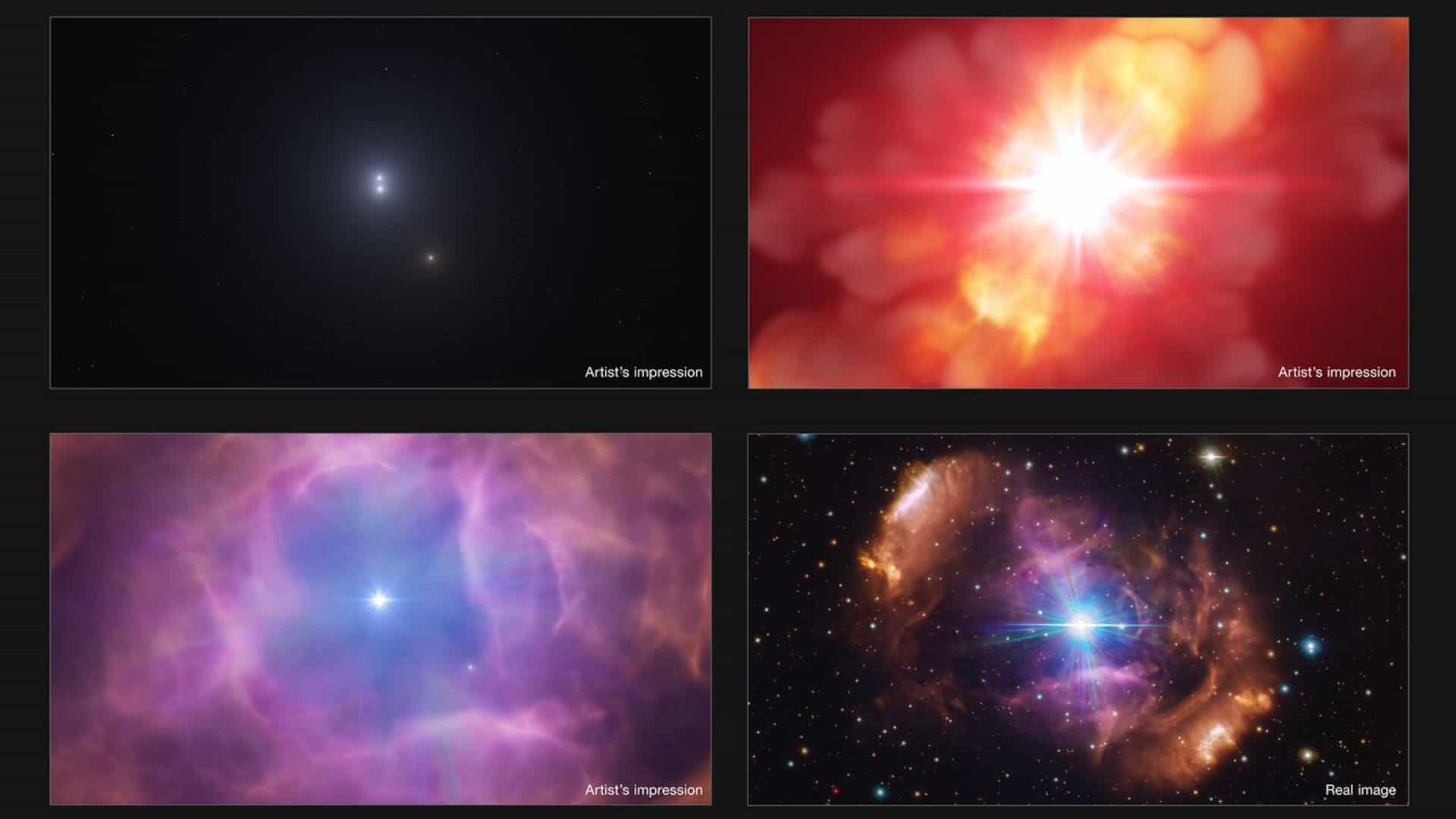
Astronomers believe that there were originally three stars in the HD 148937 star system (upper left illustration).
Two of them were close together and another was much more distant, until one day the two inner stars clashed and merged (upper right illustration).
This violent event created a new, larger, and magnetic star, which now pairs with the more distant one (lower left illustration). The merger also released the materials (gas and dust) that created the spectacular nebula (known as NGC 6164/6165) now surrounding the stars (lower right illustration).
Hugues Sana, a professor at KU Leuven in Belgium and the principal investigator of the observations, said:
“We think this system had at least three stars originally; two of them had to be close together at one point in the orbit whilst another star was much more distant. The two inner stars merged in a violent manner, creating a magnetic star and throwing out some material, which created the nebula. The more distant star formed a new orbit with the newly merged, now-magnetic star, creating the binary we see today at the centre of the nebula.”
Why astronomers believe this violent event?
Usually, two stars in a binary star system are very similar, like twins. However, in HD 148937, one star appears to be at least 1.5 million years younger than the other. This suggests that something must have happened that created the younger, massive, and magnetic star.
Not only that, the nebula that surrounds the stars is only 7500 years old, hundreds of times younger than both stars.
The nebula also shows very high amounts of nitrogen, carbon, and oxygen. This is surprising as these elements are normally found deep inside a star, not outside in the surrounding medium. It seems that some violent event had set them free.
A new scientific paper has been published on the above findings in the Science journal on Friday, April 12, 2024.
Please bookmark Spaceandtelescope.com or follow us on Facebook and Twitter to get latest space news, upcoming skywatching events and astronomy-related content.
